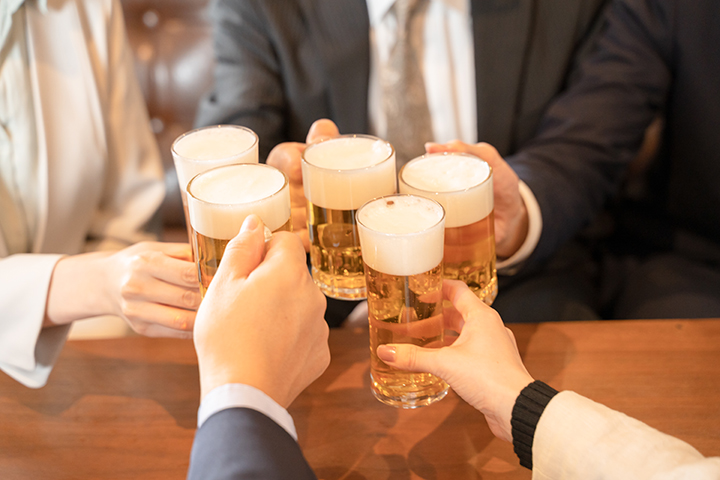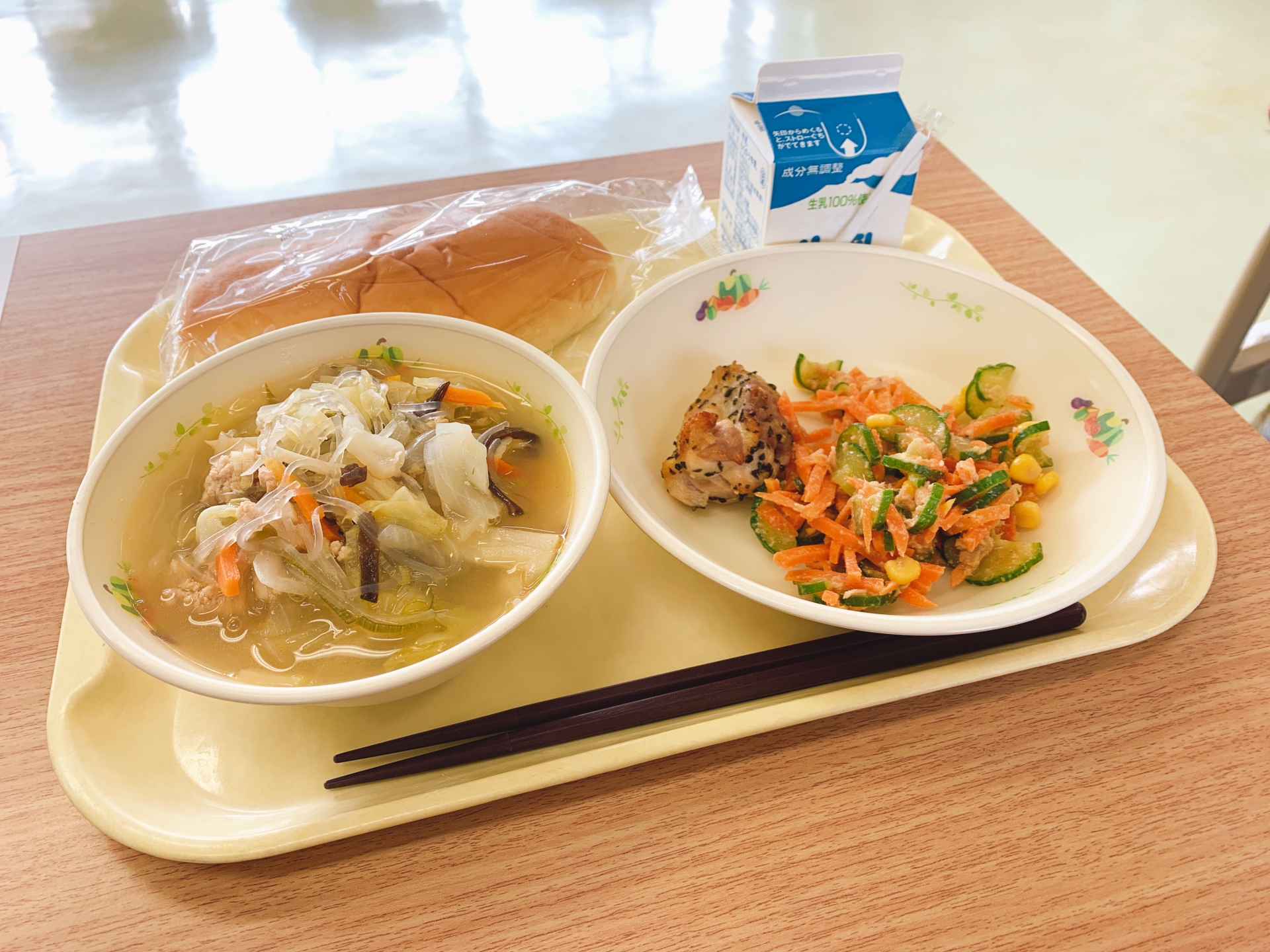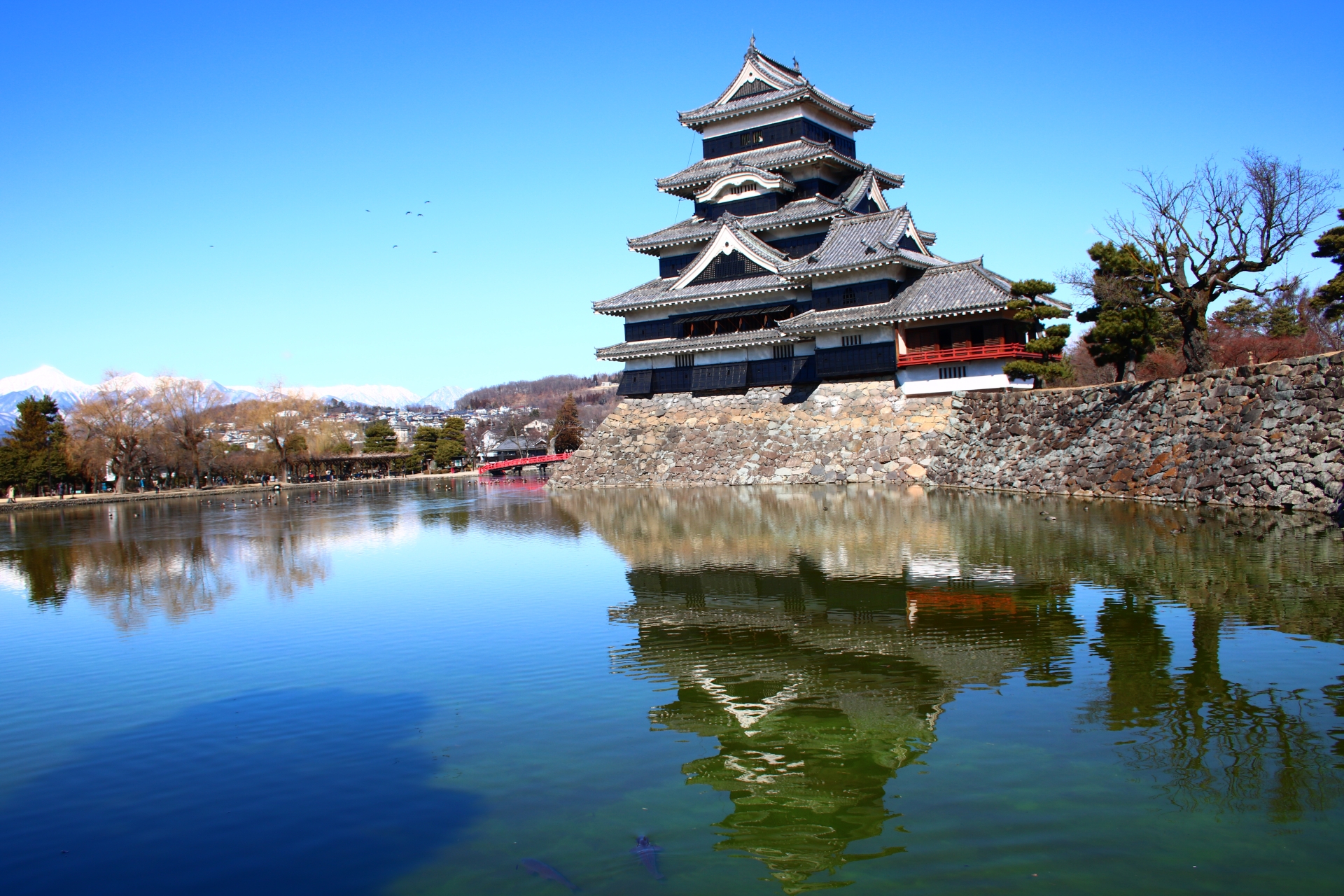Do you like Japanese beer? Japanese beers are tasty, affordable, and widely available at restaurants, Izakaya bars, supermarkets, and convenience stores. You can literally find countless numbers of beer brands that are produced and sold across Japan.
While some world-famous beers are produced by large companies, there are also award-winning small breweries producing top-quality local beer brands all over Japan.
So how has beer become so popular in Japan? What was the very first beer produced in Japan? Let’s learn the brief history of beer in Japan from the Edo period to the present day!
1. During the Edo Period (1603 -1868)
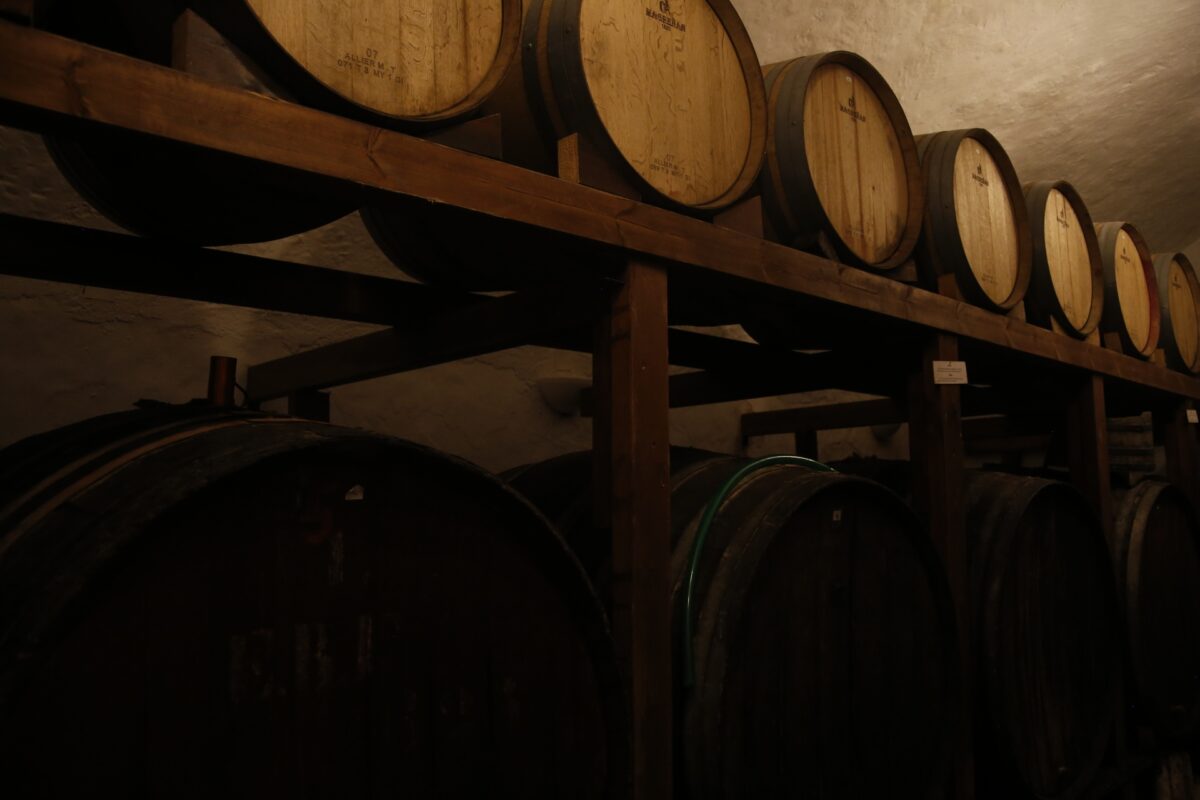
The history of beer in Japan is said to date back to the early 15th century. According to some historical records, the first beer was introduced to Japan by a British trading ship that arrived in Hirado, Nagasaki prefecture in 1613. At that time, Hirado was one of the few ports across Japan which officially opened its doors to the world. Hirado played a role as a commerce base for international trade from 1609 until 1641 when the function was transferred to Dejima, an artificial island that was also located in Nagasaki prefecture.
During the Edo period (1603 – 1868), Japan was entirely governed by the Tokugawa Shogunate, which was established by Tokugawa Ieyasu (徳川家康) in 1603. In 1639, he adopted a strict policy known as “Sakoku” (鎖国), a national isolationism in an attempt to shut off foreign influence and Christianity away from Japan.
As a result, only a few countries such as the Netherlands and China were officially allowed to enter Japan and trade with them until the policy finally ended in 1854. It is probably one of the reasons why beer didn’t become so popular among Japanese people during the Edo period.
In 1853, a Japanese scholar named Kawamoto Komin (川本幸民) successfully test-brewed beer for the first time in Japan. He was a great scholar and scientist best known for his contribution to research on physics, chemistry, and the translation of foreign books brought from western countries. He was deeply impressed with the beer brewing process that he found in a Dutch book and brewed beer on his own at his home.
Learn more about Japanese culture and history with our blogs below!
Encyclopedia of Japan – Culture and History All You Need to Know
Buddhism in Japan – Brief History and Best Buddhist Temples to Visit
2. From the Meiji – Taisho Period (1868 -1926)
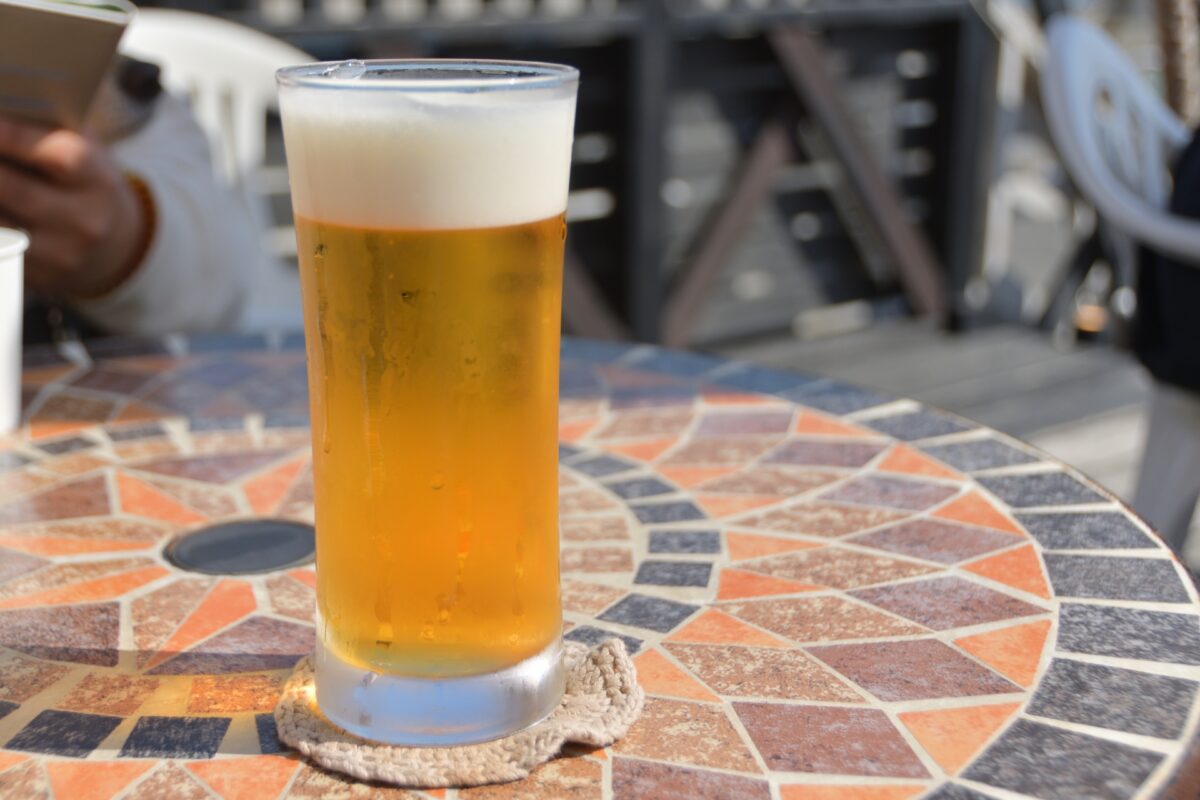
In 1869, Japan Yokohama Brewery was established in Yokohama as the very first beer brewery in Japan. It was located within a foreign settlement, a residential area designated by the Japanese government where foreign people were allowed to live. The founder of the brewery was a man called “Rosenfeld”, who was not Japanese and had a Jewish background. In those days, most of the beer production in Japan was dominantly conducted by foreign people, as beer was not widely recognized and accepted by Japanese people.
In 1870, another beer brewery known as Spring Valley Brewery was established in the same area by an American brewer, William Copeland. Their tasty beer quickly became popular among foreigners living in the Yokohama area. They successfully expanded their business and started to export their beers to other countries. Today, Spring Valley’s original beer has been perfectly revived by Kirin Beer’s Spring Valley brand as a modern craft beer, and its exceptional taste enchants people around the world.
In 1872, Shibutani Beer was opened in Osaka by a Japanese man called “Shibutani Shozaburo” (渋谷庄三郎) . Although the business did not go well and they, unfortunately, closed their business in 1881. Japan’s first beer garden was also built around the same time by William Copeland, which was located right next to his brewery. World-famous Japanese beer companies, including Sapporo, Kirin, and Asahi also started their business in the late 19th century.
It was during the Taisho Period (1912 – 1926) that Japan started to export its beer to the world. Germany and East Asian countries were the main business partners which were struggling with the shortage of imported beer due to the influence of World WarⅠ. As the overseas demand increased rapidly, beer production in Japan experienced successful growth.
3. From the Showa – Reiwa Period (1926 – Present day)
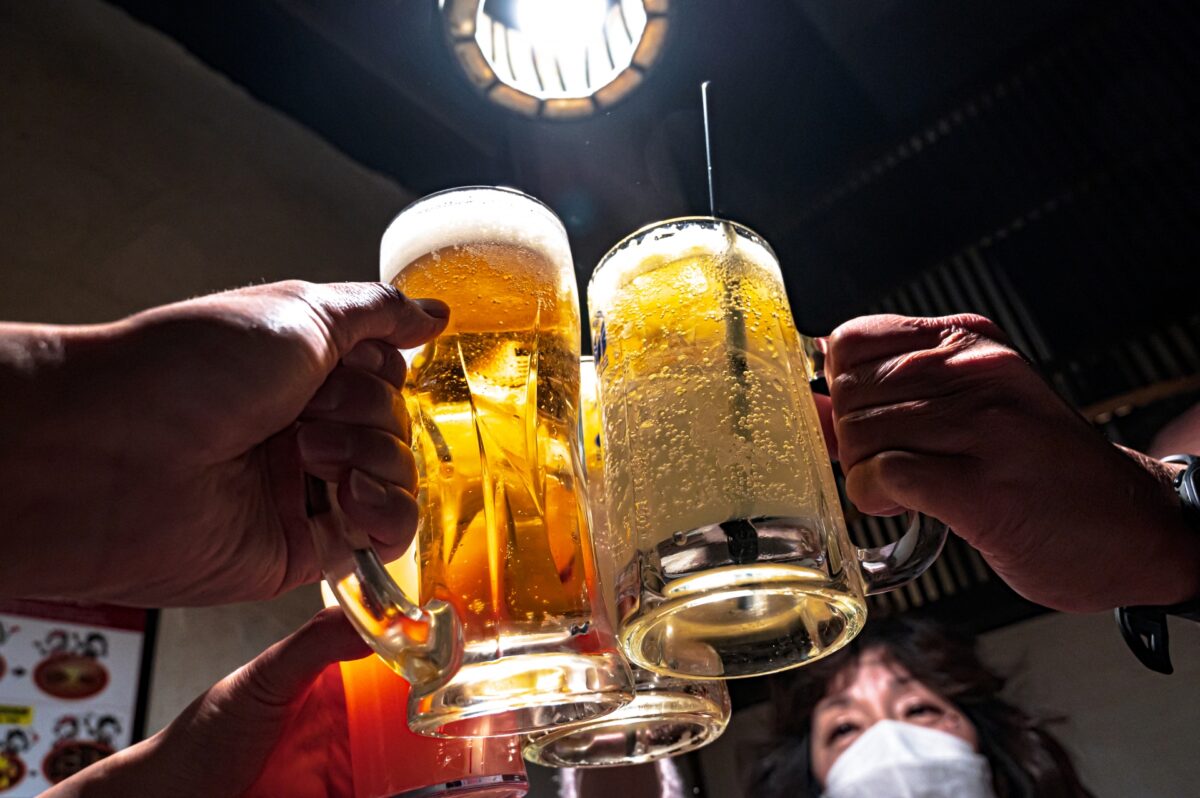
From the late Taisho to the early Showa period, beer consumption and production in Japan were significantly affected by the economic depression and World WarⅡ. During the war, the serving of alcohol at shops and restaurants was strictly restricted, and the beer price was exclusively controlled by the government. Japan also suffered from a decrease in the production of ingredients such as barley and hops that are essential to produce beer.
After World WarⅡended in 1945, Japan’s beer sales showed a recovery thanks to the new policy by the Japanese government which allowed people to freely serve beer at their shops and restaurants. Beer halls that were forced to close during the war also resumed their business and started to serve refreshing beer to their customers again.
Japan experienced high economic growth from the mid-1950s until the early 1970s. With the invention of convenient technologies such as the refrigerator, the popularity of beer started to spread across Japan as a casual alcoholic beverage that can be enjoyed at home.
In recent years, new types of beer have been produced by big companies as well as local breweries around Japan. Many Japanese people enjoy drinking a wide variety of beer, including craft beer, local beer brands, and alcoholic-free beer. While the beer scene in Japan is growing, it is also said that the beer consumption among younger generations is declining, as the bitter taste of traditional beer doesn’t really appeal to them. Instead, many people enjoy the new types of beer which are healthier and have a sweet taste similar to fruit cocktails.
There are also a great number of small local breweries across Japan that produce tasty beers with locally-sourced ingredients and innovative ideas. Some of them offer free brewery tours which will allow you to try their delicious beers!
Best Beer & Brewery Tours
■Matsumoto Castle, Sake, Food & Craft Beer Walking Tour
Matsumoto Castle is one of the most famous sights in Matsumoto, and this experience allows you to bypass long ticket lines as admission is included. First, explore the grounds of this impressive castle, then learn about Japan’s signature drink—”sake” at a sake brewery. Later, enjoy a local lunch, Nawate Shopping Street, and finally—round off the tour with a local craft beer. Visit a building that dates back to the 16th century—Matsumoto Castle Learn about Japanese rice wine—visit a sake brewery for a tasting No hunger pangs—a delicious local lunch is included Time to visit local food stalls and a shopping street in Matsumoto
Read more about Matsumoto Castle Visit, Lunch, Sake, and Craft Beer Tasting 2022
■Suita – Beer Factory and Yuzu Ramen
Located only 9 mins by Local JR Train from Osaka Station, this hidden gem is worth visiting as one of the most popular Japanese Beer factories is located near the train station. Join us for the tour and visit the Asahi Beer factory. Learn about their making process, visit an authentic factory, the production line, and the gift shop where you can find unique products, other than beer. Discover new beers made by Asahi with a Beer Tasting Session, all beers on tap (Juice available for kids), and snacks. Once we learned a lot about Japanese beer and how good it tastes, Let’s all go for lunch and get a delicious and flavorful Yuzu Ramen (Japanese Citrus) and talk more about Japanese culture. Once everyone is satisfied, your guide will take you back to the train station.
Read more about Suita – Beer Factory and Yuzu Ramen 2022 – Osaka Prefecture
Follow us on Instagram, Facebook, and Twitter for more travel inspiration. Or tag us to get featured!
Happy traveling!
Other articles you might be interested in

Miho Shimizu is a Japanese freelance writer settled in Shizuoka with her husband and two rabbits. Fascinated with traveling at the age of 18, she has spent most of her long holidays exploring incredible spots around Japan. Also love to listen to music, draw, and read novels over a cup of green tea.
This post may contain some affiliate links. When you click through and make a purchase we may receive some commission, at no extra cost to you.
